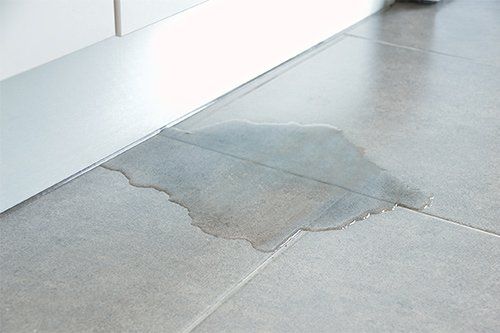What're your opinions with regards to Top Causes of Home Water Leaks?

Leaks not just create waste of water yet can likewise trigger unnecessary damage to your residence as well as promote undesirable organic development. Water leakages may go unnoticed given that many of the pipework in our home is hidden. By understanding and looking for everyday situations that create leakages, you can secure your residence from future leaks and also unnecessary damage. Today, we will consider six leak creates that might be triggering your pipes to trickle.
Intruding roots
The majority of water leaks start outside your home as opposed to inside it. If you see an abrupt reduction in water stress, say in your faucet, take some time to head out and also examine your backyard. You might notice damp patches or sinkholes in your backyard, and that might indicate that tree roots are attacking water lines creating water to permeate out. You can have your plumber look for invasion, particularly if you have trees or hedges near your home.
Rusty water supply
As time goes by, your plumbing system ages and corrosion such as rust might start eating away the pipes. This might be the source of staining or warping on your pipes. This asks for an examination with your plumber instantly. Think about changing the pipes considering that they are at a greater danger of corrosion than the more recent versions if our plumbing system is old.
Malfunctioning Pipe Joints
The factor at which your pipelines link is frequently the weakest web link in the waterline. Pipeline joints can wear away with time, causing water leakages. However, most of pipe joints are not quickly noticeable. If you have noisy pipes that make ticking or banging noises, particularly when the hot water is switched on, your pipeline joints are probably under a great deal of pressure. It is a good idea to have your plumber evaluate your system yearly.
Instantaneous temperature changes.
Extreme temperature level adjustments in our pipes can create them to increase and also contract unexpectedly. This expansion and tightening might trigger fractures in the pipes, specifically if the temperature level are below freezing. It would be best if you watched on just how your plumbing works. The existence of the previously stated scenarios regularly suggests a high risk.
Poor Water Connectors
At times, a leakage can be caused by loosened hose pipes and also pipes that supply your appliances. In case of a water links leak, you may notice water running directly from the supply line or pools around your devices.
Blocked Drains
Clogged drains could be aggravating as well as inconveniencing, yet they can often wind up triggering an overflow causing rupture pipes. Maintain removing any kind of products that might decrease your drains pipes that can obstruct them to stay clear of such aggravations.
All the above are causes of leakages yet not all water leaks result from plumbing leaks; some leakages may originate from roofing leakages. All leaks must be fixed immediately to avoid water damage.
Leaks not only trigger waste of water but can additionally cause unnecessary damages to your home as well as promote undesirable natural development. By understanding and looking for everyday scenarios that trigger leaks, you can secure your home from future leakages and also unnecessary damages. Today, we will look at 6 leakage triggers that might be creating your pipelines to drip.
At times, a leak can be caused by loose hoses and also pipelines that provide your appliances. In instance of a water links leakage, you may notice water running directly from the supply line or puddles around your home appliances.
How To Check For Water Leak In Your Home
How To Check for Leaks
The average household's leaks can account for nearly 10,000 gallons of water wasted every year and ten percent of homes have leaks that waste 90 gallons or more per day. Common types of leaks found in the home are worn toilet flappers, dripping faucets, and other leaking valves. These types of leaks are often easy to fix, requiring only a few tools and hardware that can pay for themselves in water savings. Fixing easily corrected household water leaks can save homeowners about 10 percent on their water bills.
To check for leaks in your home, you first need to determine whether you're wasting water and then identify the source of the leak. Here are some tips for finding leaks:
Take a look at your water usage during a colder month, such as January or February. If a family of four exceeds 12,000 gallons per month, there are serious leaks.
Check your water meter before and after a two-hour period when no water is being used. If the meter changes at all, you probably have a leak.
Identify toilet leaks by placing a drop of food coloring in the toilet tank. If any color shows up in the bowl after 10 minutes, you have a leak. (Be sure to flush immediately after the experiment to avoid staining the tank.)
Examine faucet gaskets and pipe fittings for any water on the outside of the pipe to check for surface leaks.
Undetected water leaks can happen without the home or business owner even realizing. If you suspect a water leak, but not able to find the source. It is time to contact a professional water leak detection service, The Leak Doctor.
How To Find a Water Leak In Your Home
https://www.leakdoctor.com/blog/How-To-Check-For-Water-Leak-In-Your-Home_AE197.html

As a person who reads about How Fast Water Damage Can Ruin Your Home, I imagined sharing that excerpt was a smart idea. Don't hesitate to set aside a second to promote this blog if you appreciated it. We truly appreciate reading our article about Top Causes of Home Water Leaks.
Here